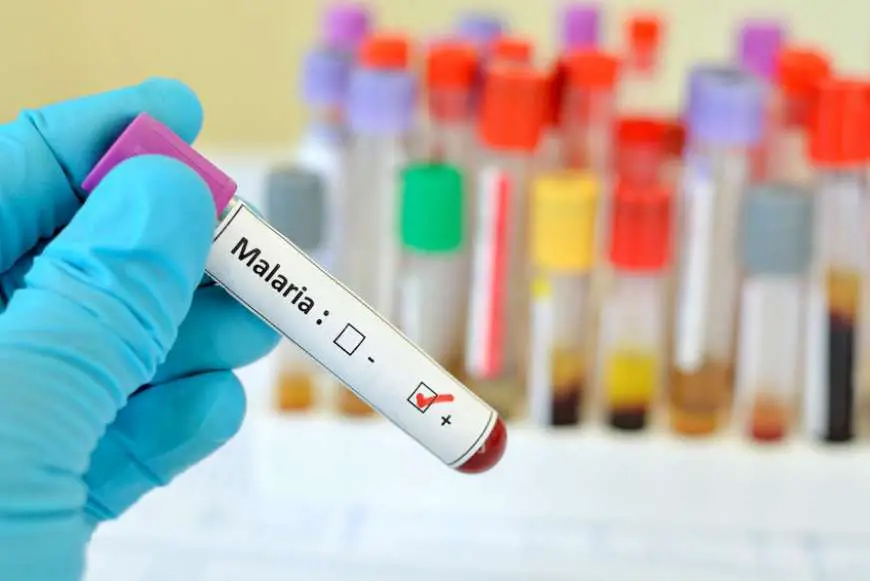Natural resistance to malaria linked to variation in human red blood cell receptors

Researchers have found that protection from the most severe form of protozoal infection is coupled with natural variation in cistrons of human red blood cells. A study by the Wellcome Trust Sanger Institute, the Wellcome Trust Center for Human Cistrontic Science and their collaborators has best known a ci-strontic arrangement of red blood cell glycophorin receptors that provides a 40 percent reduced risk from severe protozoal infection.
Published in Science, this is the first study to show that large structural variants in human glycophorin cistrons, which are remarkably common in Africa, are protective against protozoal infection. It opens up a new avenue for vaccine research to prevent incursive red blood cells from protozoal infection parasites.
More than 200 million people a year are septic with protozoal infection and in 2015 the disease caused the deaths of nearly half a million people worldwide. Plasmodium falciparum is the most widespread protozoal infection parasite in Africa transmitted by mosquitoes; it is also the most dangerous.
Plasmodium parasites infect human red blood cells and gain entry via cell surface receptors. Previous studies of natural resistance to protozoal infection involved a section of human order near a cluster of receptor cistrons. These receptors-glycophorins-are placed on the red blood cell surface and are among the galore receptors that bind Plasmodium falciparum. Nevertheless, it is only now that protozoal infection protection has been shown to be involved.
Researchers investigated the ordering glycophorin area in more detail than before exploiting new full-order sequence information from 765 volunteers in Gambia, Burkina Faso, Cameroon, and Tanzania. Using this new information, they then undertook a cross-sectional study of Gambia, Kenya, and Malawi involving 5310 people from the normal population and 4579 people hospitalized by severe protozoal infection. They found that people with a particular arrangement of glycophorin cistrons had a 40 percent reduced risk of severe protozoal infection.
Dr. Ellen Leffler of the University of Oxford, the first author of the paper, said: "In this new study, we found strong evidence that variation in the glycophorin cistron cluster influences the susceptibility of protozoa to infection. We found some people have a complex arrangement of GYPA and GYPB cistrons, forming a hybrid glycophorin, and these people are less likely to develop severe complications of GYPA and GYPB cistrons.
The hybrid GYPB-A cistron is found in a particular rare blood group-part of the MNS blood group system-where it is best known as Dantu. The study found that the GYPB-A Dantu hybrid was present in some people from East Africa, Kenya, Tanzania, and Malawi, but was not present in volunteers from West African populations.
Dr. Church Rockett of the University of Oxford said: "Analyzing the DNA sequences enabled us to identify the location of the joint between glycophorins A and B in the hybrid cistron. It showed us that the sequence is characteristic of the Dantu substance in the MNS blood group system."
It is extremely challenging to study the glycophorin cistron cluster to determine differences with confidence between the sequences of the three cistrons. This study provides insights into unpicking the region and how it connects to the MNS blood group system and impacts the susceptibility of protozoal infection.
Professor Dominic Kwiatkowski, a lead author from the Wellcome Trust Sanger Institute and the University of Oxford, said: "We are beginning to find that the glycophorin region of the order plays an important role in protecting people against protozoal infection. Our discovery that a specific variant of glycophorin invasion receptors can provide substantial protection against severe protozoal infection.
The MNS system is a human blood group system based on two cistrons - glycophorin A and glycophorin B - in body 4. The system contains 46 substances; the most common are M, N, S, s, and U.